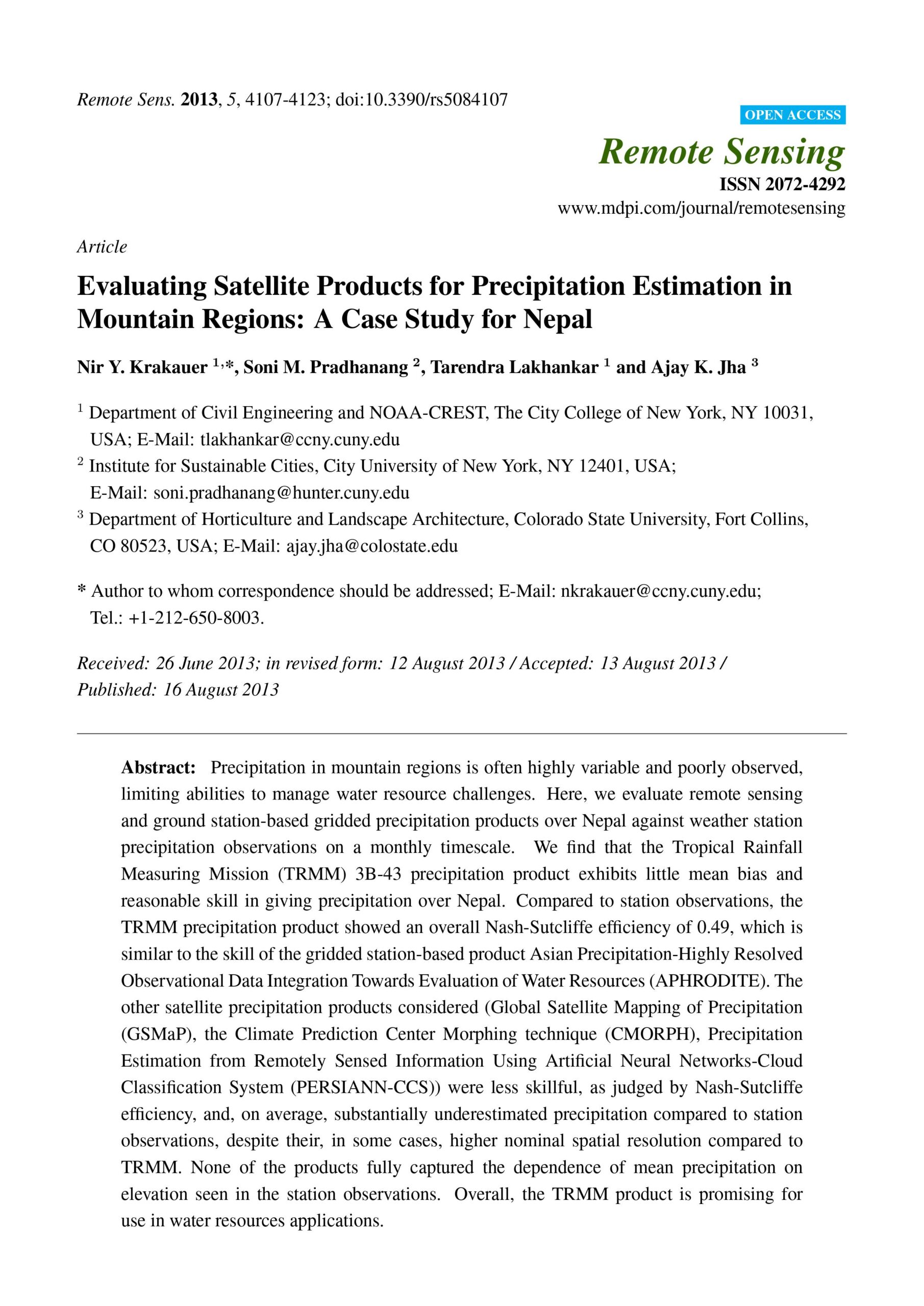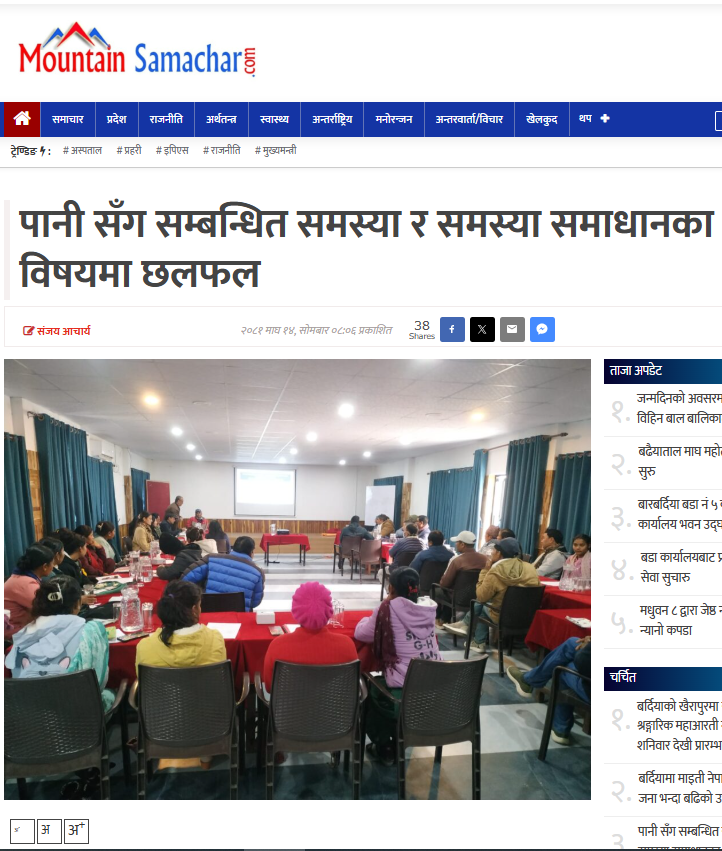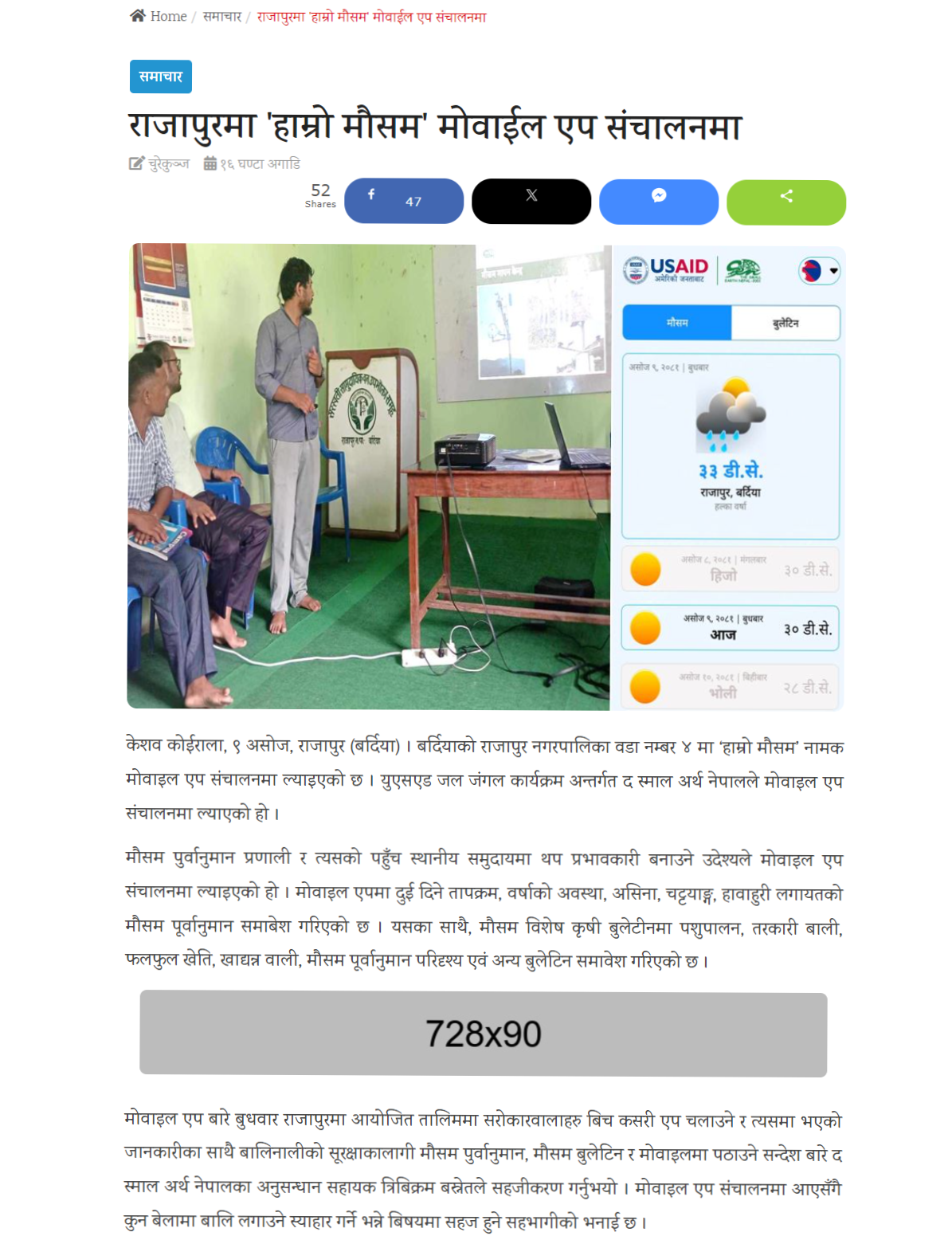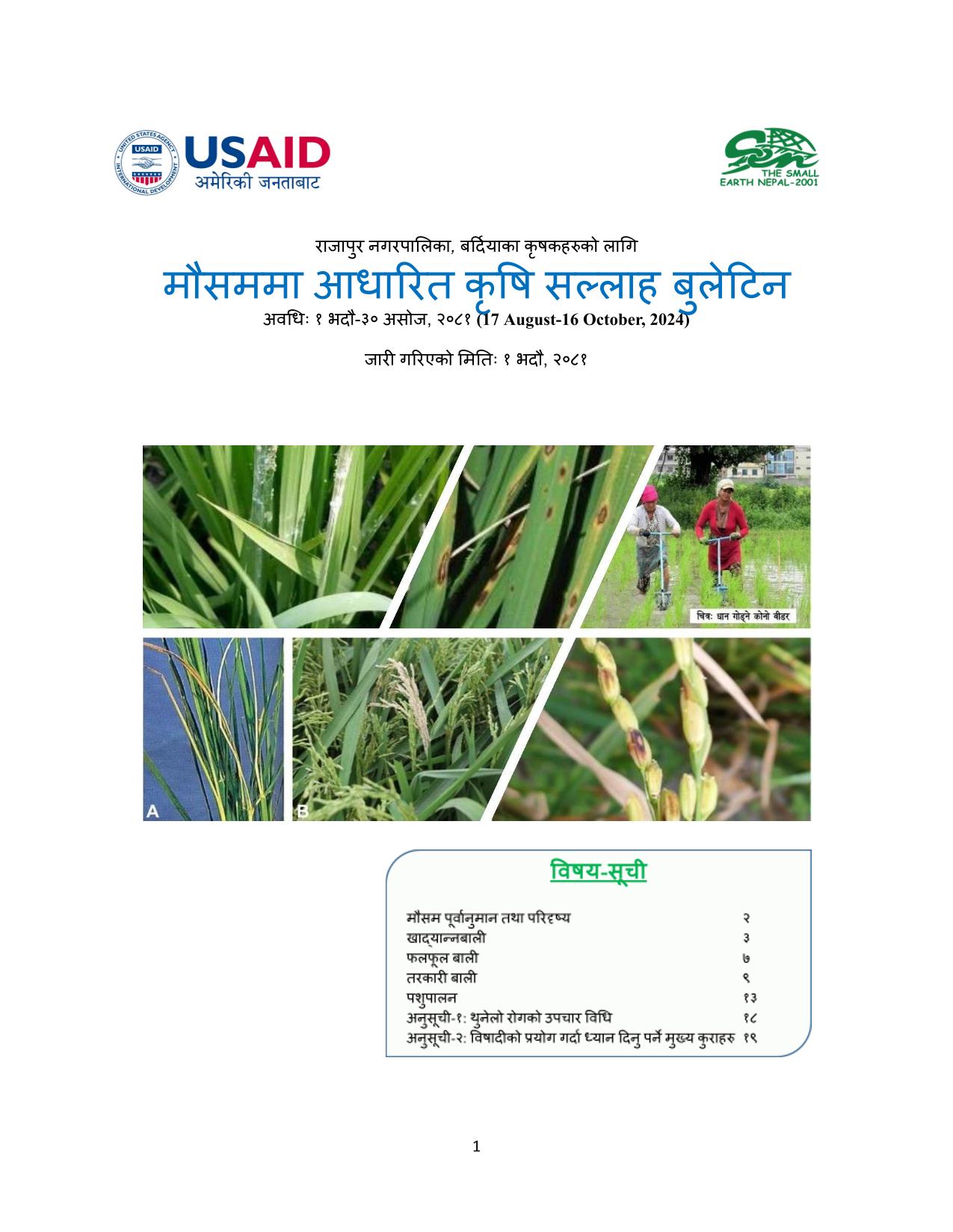Evaluating Satellite Products for Precipitation Estimation in Mountain Regions: A Case Study for Nepal
Abstract
Precipitation in mountain regions is often highly variable and poorly observed, limiting abilities to manage water resource challenges. Here, we evaluate remote sensing and ground station-based gridded precipitation products over Nepal against weather station precipitation observations on a monthly timescale. We find that the Tropical Rainfall Measuring Mission (TRMM) 3B-43 precipitation product exhibits little mean bias and reasonable skill in giving precipitation over Nepal. Compared to station observations, the TRMM precipitation product showed an overall Nash-Sutcliffe efficiency of 0.49, which is similar to the skill of the gridded station-based product Asian Precipitation-Highly Resolved Observational Data Integration Towards Evaluation of Water Resources (APHRODITE). The other satellite precipitation products considered (Global Satellite Mapping of Precipitation (GSMaP), the Climate Prediction Center Morphing technique (CMORPH), Precipitation Estimation from Remotely Sensed Information Using Artificial Neural Networks-Cloud Classification System (PERSIANN-CCS)) were less skillful, as judged by Nash-Sutcliffe efficiency, and, on average, substantially underestimated precipitation compared to station observations, despite their, in some cases, higher nominal spatial resolution compared to TRMM. None of the products fully captured the dependence of mean precipitation on elevation seen in the station observations. Overall, the TRMM product is promising for use in water resources applications.




